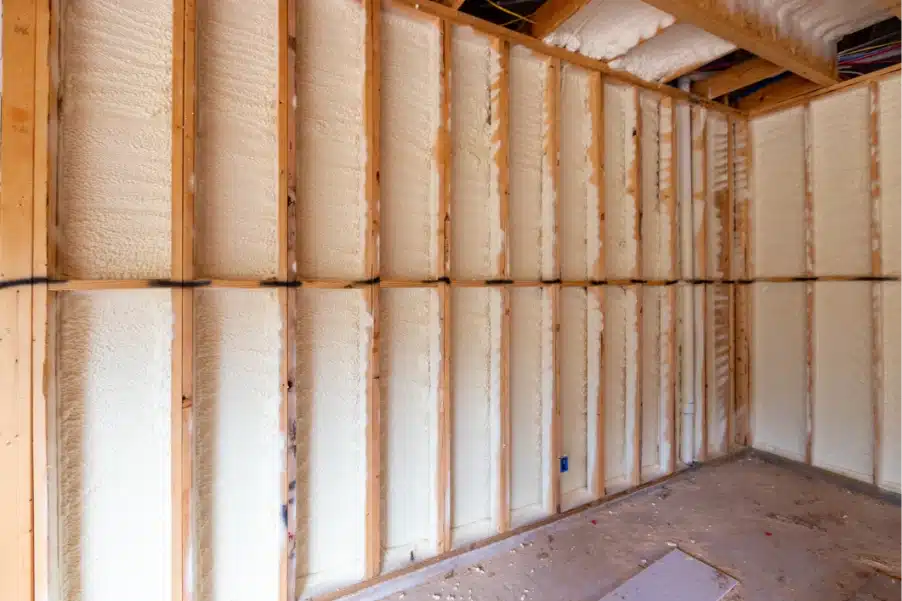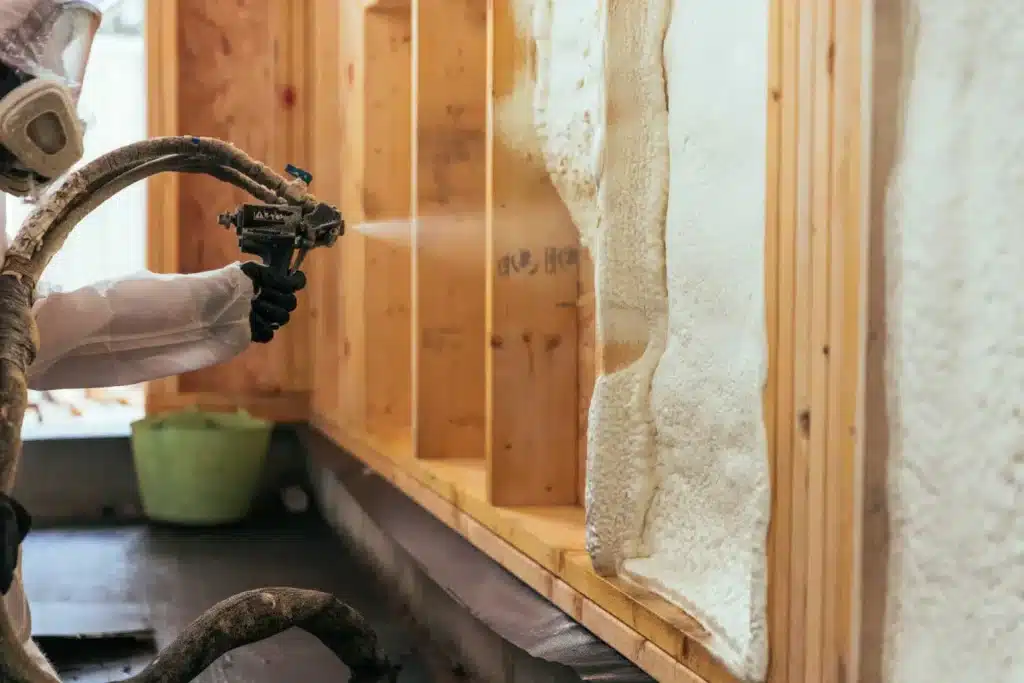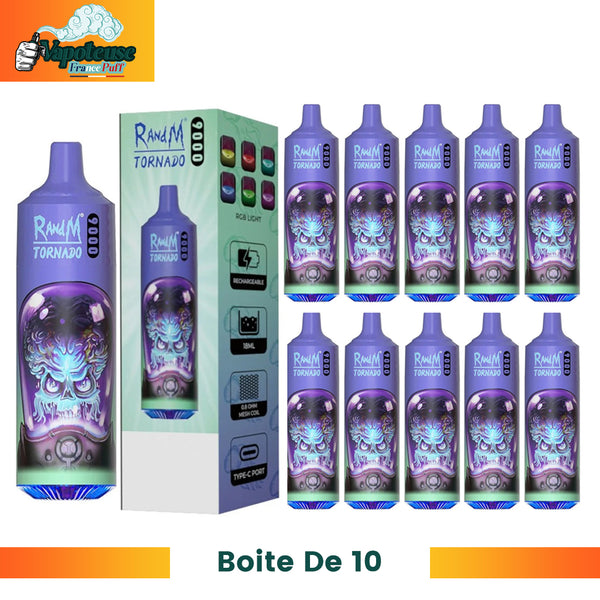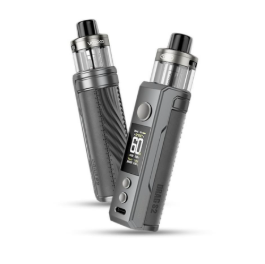What Is Closed Cell Spray Foam Insulation and How Does It Work?
Closed cell spray foam insulation is a high-performance insulating material made of polyurethane that expands upon application to form a dense, rigid structure. It works by creating a continuous air barrier that seals gaps, cracks, and crevices, drastically reducing air leakage and moisture intrusion. Unlike open cell foam, closed cell foam is highly durable & water-resistant, offering both insulation and structural reinforcement.
This material is applied as a liquid, which rapidly expands and hardens into a solid layer. Its closed-cell structure—meaning its tiny foam cells are completely sealed off—prevents air and water from penetrating the surface. The result is a high R-value per inch, typically around R-6.5 to R-7.0, making it one of the most efficient insulation options available today.
How Closed Cell Spray Foam Works
Closed cell spray foam functions as a thermal insulator, air barrier, and moisture barrier all in one. The insulation is sprayed onto surfaces where it expands and fills voids, bonding to wood, concrete, metal, and other building materials. Once cured, it forms a seamless, rigid shell.
Key benefits include
- Resists heat loss and air movement
- Reduces condensation risks
- Reinforces structural elements
Technical Specifications and Properties
| Specification | Closed Cell Spray Foam |
| R-Value per Inch | R-6.5 to R-7.0 |
| Density | ~2.0 lb/ft³ |
| Water Absorption | <2% |
| Vapor Permeability | <1 perm at 1″ thickness |
| Application Temperature Range | 40°F to 100°F |
| Curing Time | Within minutes |
| Flame Retardant Additives | Often included |
| Compressive Strength | 25+ psi |
| Lifespan | 30+ years with proper application |
Comparison with Other Insulation Types
| Feature | Closed Cell Spray Foam | Open Cell Spray Foam | Fiberglass Batt | Blown-In Insulation |
| R-Value per Inch | High (6.5–7.0) | Moderate (3.5–4.0) | Low (2.9–3.8) | Moderate (2.5–4.0) |
| Air Barrier | Yes | Yes | No | Partial |
| Moisture Resistance | Excellent | Poor | Poor | Moderate |
| Structural Support | Yes | No | No | No |
| Cost | High | Moderate | Low | Low |
| Soundproofing | Moderate | High | Moderate | Moderate |
| Application Areas | Roofs, walls, crawlspaces | Walls, attics | Walls, ceilings | Attics, walls |
Bonus Tip: Closed cell spray foam is ideal for flood-prone or humid regions because of its water resistance and ability to prevent mold growth.

Applications and Use Cases
Closed cell spray foam is used in a wide range of buildings due to its versatility and performance. Common applications:
- Exterior walls to boost insulation and reduce thermal bridgin
- Roofs and attics to seal air leaks and minimize heat transfer
- Basements and crawlspaces to control moisture and support wall rigidity
- Commercial buildings for energy code compliance and structural improvement
Bonus Tip: For metal buildings and pole barns, closed cell foam doubles as both insulation and vapor barrier in one pass.
Market Trends and Industry Data
According to a 2024 IBISWorld report, the U.S. spray foam insulation market is valued at $2.5 billion, with closed cell foam making up nearly 35% of total usage due to growing demand for energy efficiency and building durability.
A U.S. Department of Energy study found that buildings insulated with closed cell spray foam can reduce annual HVAC energy costs by up to 40% compared to traditional fiberglass batts.
Things to Consider Before Making a Decision
Before choosing closed cell spray foam, consider:
- Climate Zone – Best suited for regions with temperature swings or high humidity
- Budget – Higher upfront costs, but longer-term energy savings
- Building Age – Older buildings may need prep work for proper adhesion
- Code Requirements – Verify local insulation and vapor barrier rules
- Available Space – Ideal when wall or roof cavity space is limited
Bonus Tip: Closed cell foam is dense and hard, making it an effective deterrent against pests in crawlspaces and rim joists.
Common Questions
What’s the difference between open and closed cell foam?
Closed cell foam is rigid and moisture-resistant, while open cell is softer, more flexible, and better for sound control.
Can it be used by itself without other materials?
Yes. Closed cell foam acts as insulation, an air barrier, and vapor retarder in a single product.
Does it expand too much during install?
No. Unlike open cell, closed cell foam expands minimally and is more precise during application.
Is it environmentally safe?
Most products use low global warming potential (GWP) blowing agents. Always review the product’s environmental certifications.
Closed Cell Spray Foam Insulation FAQ
Is closed cell spray foam waterproof?
It’s water-resistant but not fully waterproof. It doesn’t absorb water and resists mold growth.
Can it be applied in cold temperatures?
Yes. Some products are designed for colder climates but always check the manufacturer’s specifications.
How thick should it be?
Typically 2 to 3 inches in walls and roofs for thermal and vapor barrier performance.
Does it need a separate vapor barrier?
No. At proper thickness, it functions as its own vapor barrier due to low permeability.
What is its lifespan?
Over 30 years when installed correctly, with minimal degradation over time.

Make the Right Decision
Supreme spray foam LV insulation provides high efficiency, durability, and moisture control in one material. It’s a long-term solution ideal for challenging environments, tight spaces, and energy-efficient buildings.
Before deciding, assess your building’s needs, regional climate, and long-term energy goals. Closed cell foam is a technical solution—make sure it’s the right one for your project.
Reviewer:
Michael Carter reviewed this article using insight gained over 12 years in the spray foam business. His feedback focused on helping contractors reach new customers without over complicating their message.













